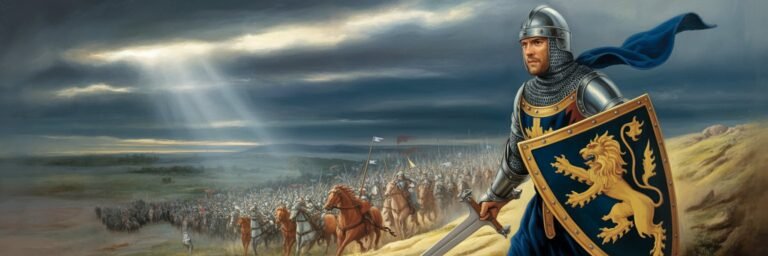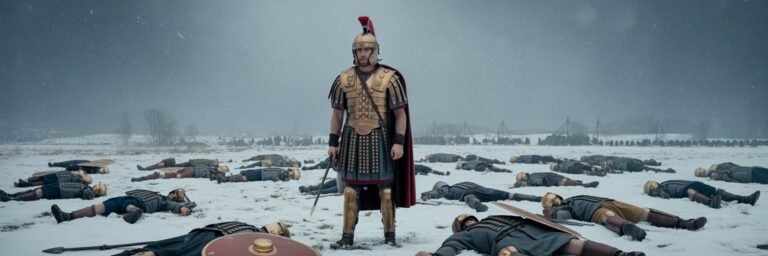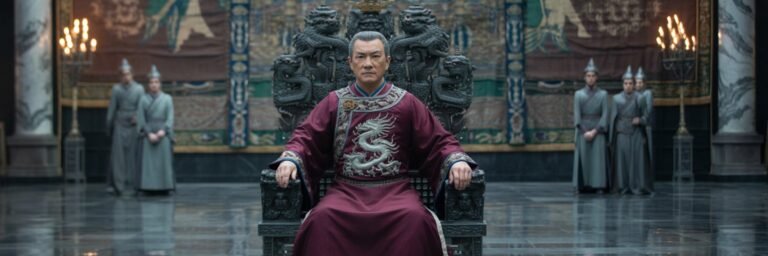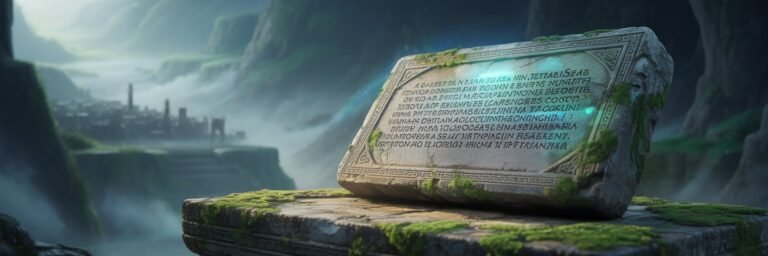INTRODUCTION
Beginning from the dawn of civilization, warfare was a constant fact of life for human societies. Whether it was fought with bronze swords or iron spears, war has shaped the history of human civilization, influencing political systems, economy, cultural development, and societal norms. However, with the fall of the Western Roman Empire in the 5th Century AD, a watershed moment occurred when the intricate strategies and formalized structures characterizing ancient warfare began to unravel. Understanding the factors leading to this collapse requires delving deep into the societal, technological, and cultural shifts occurring in ancient societies.
HISTORICAL BACKGROUND
Ancient warfare, encompassing a period from the Greek Phalanxes of the 8th Century BC to the fall of Rome in AD 476, was a time of tremendous evolution in military principles, weaponry, and strategies. The growth of city-states and empires demanded the organization of professional armies, thus giving rise to the systematic approach to warfare. This period, marked by iconic battles such as Thermopylae, Salamis, and Cannae, witnessed the height of legion structure, cavalry usage, siege warfare, and naval combat.
Wars in antiquity were not only about territorial conquests but also mechanisms that affected politics, economy, and community’s shared identity. It’s noteworthy to mention the role of the Roman legions, which not only expanded the Empire to its farthest reaches but also integrated conquered societies by offering Roman citizenship. The hallmark of ancient warfare was its highly organized structure, rigorous discipline, strategic brilliance, and intricate siege tactics that influenced the course of civilizations.
THEORIES AND INTERPRETATIONS
Scholars have proposed several reasons explaining the collapse of ancient warfare. One theory emphasizes the economic strain induced by constant warfare, which resulted in institutional breakdown and, eventually, political collapse. This theory is particularly relevant in explaining the decline of the Roman Empire, which couldn’t sustain the fiscal requirements of maintaining a professional military force. Conversely, another theory focuses on technological advancements. With the migration period bringing in new technologies, military tactics and strategies incompatible with these advanced technologies lost their effectiveness, leading to the decline of ancient military systems.
An alternative approach introduced by historians like Edward Gibbon draws attention to moral decay and internal corruption as significant factors undermining the social fabric. This decline of civic virtue paired with increasing rates of military insubordination, they argue, eventually led to the abatement of ancient warfare methods.
MYSTERIES AND CONTROVERSIES
A range of controversial possibilities, albeit captivating, surrounds the end of ancient warfare. Some scholars argue that it wasn’t a collapse per se, but a transformation towards medieval warfare. The fall of Rome and the subsequent barbarian invasions, they claim, didn’t obliterate the ancient warfare system but evolved it into a decentralized, localized version. Critics of this interpretation, however, argue that this denies the massive socio-political disruptions that uprooted established military institutions and traditions.
Understanding the transition from ancient to medieval warfare also raises questions about the true nature and extent of changes in military organization during this period. The disappearance of Roman legions led to the rise of another military model: the feudatory system, wherein soldiers pledged their allegiance to feudal lords. This system has been both praised for its adaptability and criticized for its lack of central control.
SYMBOLISM AND CULTURAL SIGNIFICANCE
Ancient Warfare, while representing the political and territorial aspirations of states, also held strong symbolic and cultural significance. The valor and bravery displayed in warfare were emblematic of honor and societal respect. War victories, such as the Spartan triumph at Thermopylae, were transformed into legendary tales that echoed the virtues of courage, sacrifice, and strategic genius.
The decline of ancient warfare, therefore, was a societal upheaval that affected more than just military institutions. It signified a transformation in societal values, shifting from the communal integrity and civic virtue celebrated in antiquity to the individualistic heroism extolled in the Middle Ages.
MODERN INVESTIGATIONS
Modern research in this field has expanded beyond the realms of military history and political science alone. Archaeologists and anthropologists today probe into unexplored areas of this transition, shedding light on the impact of factors such as climate change, disease, religion, and migration.
Through archaeological records from battle sites, historians have gathered evidence on the tactics, strategies, and weaponry used in ancient warfare and how they changed over time. Similarly, examining skeletal remains from burial sites has provided insights into the role of pandemics and diseases in decimating armies and disrupting warfare.
LEGACY AND CONCLUSION
The collapse of ancient warfare is a testament to the impermanence of even the most enduring human institutions. It underlines that societies and their systems are constantly in flux, shaped and reshaped by myriad influences. The collapse served as the prologue to a new chapter in war history, preparing the stage for the rise of medieval warfare, marked by knights and castles.
In conclusion, the transition from ancient to medieval warfare was a complex phenomenon, shaped by numerous factors ranging from economic, technological, societal, to environmental. The collapse of ancient warfare exemplifies how factors external and internal to the institution of warfare can reshape its course, providing fertile ground for understanding the historical dynamisms at play. This narrative, brimming with countless lessons and insights, continues to captivate historians, scholars, and enthusiasts today.






